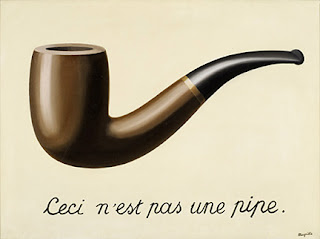 |
| Blood smeared toilet, St. Joe's hospital, London, ON. St. Joe's rated A+ by CBC. |
According to the CBC, dirty hospital rooms are a top concern for Canadians. It seems the fifth estate conducted an online survey looking into, among other things, the perceived cleanliness of Canadian hospitals.
"Nearly a third of respondents, who included patients, health care workers and relatives and friends of patients, said hospital rooms and bathrooms were not kept clean."
I'm a big booster of the Canadian health care system. My family and I have benefited greatly from the system but that doesn't mean the system is above criticism. As much as I consider myself lucky to be living in Canada, I must confess that there is a rundown feel to many of our hospitals.
When my youngest daughter gave birth, the room was immaculate and all went smoothing. The doctors and nurses were wonderful, very professional. That said, it is lucky she never had to use the birthing room washroom. It was soiled with blood, both on the floor and the toilet seat. A nurse was informed but nothing was ever done. Without protective gloves, I wasn't eager to clean the room. It was left blood smeared.
Last spring when my wife had to visit the same hospital to receive the results of some medical tests, I went to use the public restroom and found smeared blood on the toilet and the room generally soiled with mystery gunk. I told a nurse about the filthy condition of the restroom but there was no indication anything would be done any time soon.
According to a World Health Organization report, Clean Care is Safer Care, the prevalence of health care-associated infection in Canada is 11.6 percent. I'm sure American Obamacare foes will quickly blame "Canada's socialized health care" for the problem — even though Canada does not have socialized health care. Canada has a single payer system. France, which does have a socialized system, has a rate that is only 38 percent of Canada's — 4.4 percent.
And a country doesn't have to be rich to have a better rate than Canada: Slovenia has a 4.6 percent rate. Heck, the rate in Mongolia is less than half that of Canada's. Mongolia comes in at 5.4 percent.
The rate of health care-associated infection (HCAI) in Canada is one of the highest among high income-countries. The figures used are from 1995 through 2010.
HCAI is an expensive drain on health care systems. According to a report from the ECDC, these infections account for approximately €7 billion per year in direct costs. The story is somewhat similar in the U.S. where $6 billion was expended in 2004. The cost in lost trust in the health care system may be as serious as financial cost.
Champions of the free market may be uncomfortable with one of the CBC findings: privatization of housekeeping may be behind some of the decline in hospital cleanliness. The CBC is not alone in advancing this theory. The Tyee in British Columbia agrees.
"Since the privatization of cleaning services in B.C.'s hospitals, health care workers say they've seen a sharp increase in "health care-associated infections" -- diseases contracted by patients and staff within the hospitals themselves.
"The infections are serious: Methicillin-resistant Staph aureus (MRSA). Norovirus. Vancomycin-resistant Enterococcus (VRE). Clostridium difficile. Once established in a hospital, they're tough to get rid of. Established in a patient, they can be fatal."
The hospital where I have encountered the most filth was one of the London, Ontario, facilities that was involved in the handing out $4.1 million in payouts and perks to hospital executives in the five year period from 2007 to 2012. According to The London Free Press, even Ontario Health Minister Deb Mathers was offended by these payments.
"I'm outraged . . . How much health care could we have bought for that money?"
. . . and now much cleaning?
 |
| Despite the filth I found there, St. Joe's in London, ON, rated A+ by CBC. |
I got a shock when I checked the grades received by the Canadian hospitals which were part of the Rate My Hospital CBC survey. The hospital leading the pack was St. Joseph's Health Care London. This is the hospital where I found blood in a birthing room washroom and some months later in a public restroom.
 |
| Shot at St. Joe's in London: A+ facility. |
There may be some truth to the claim.























